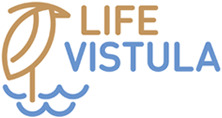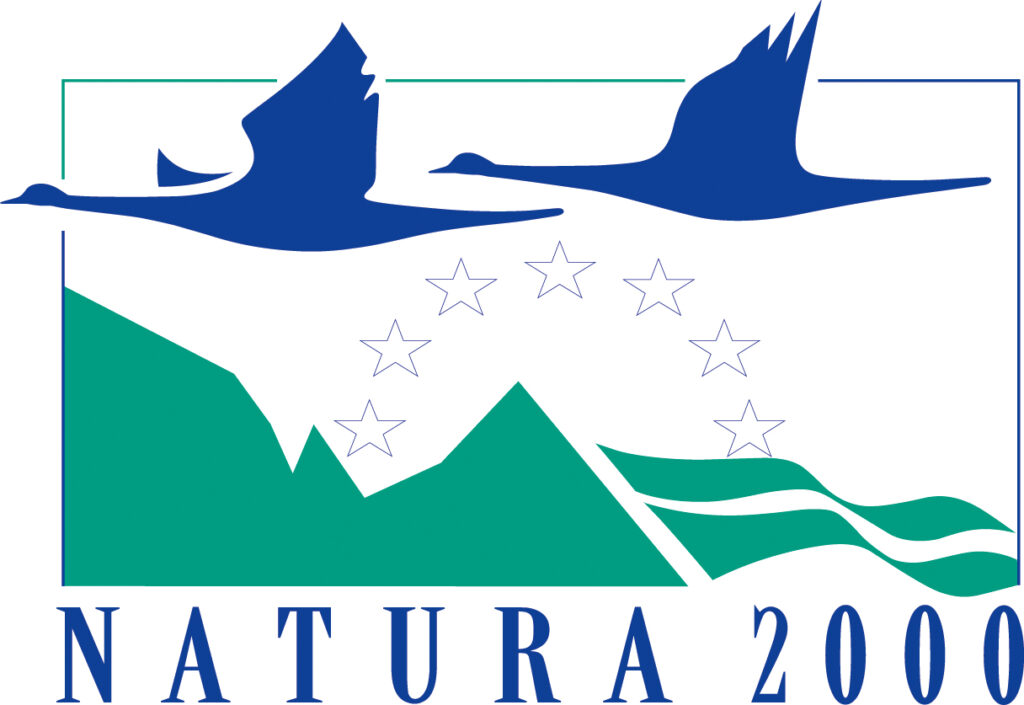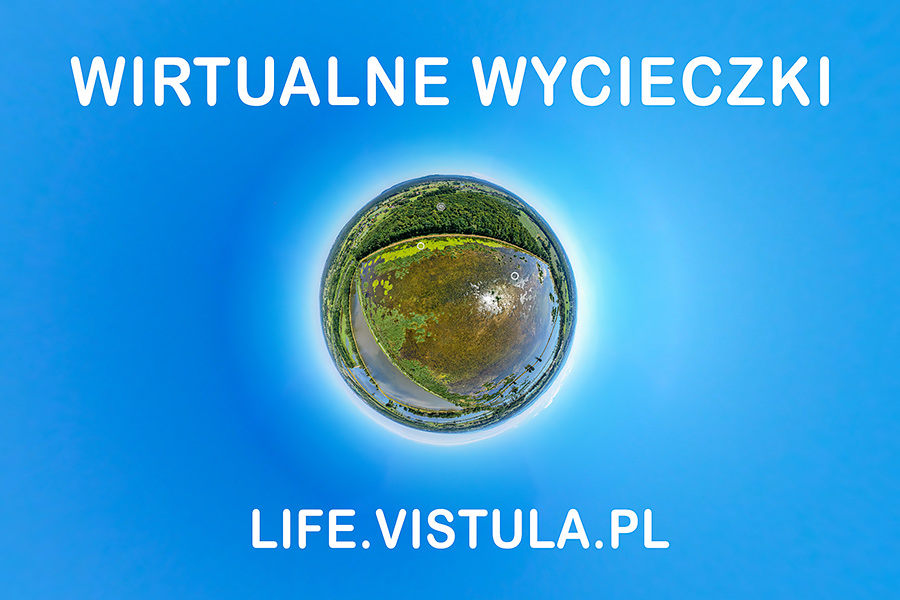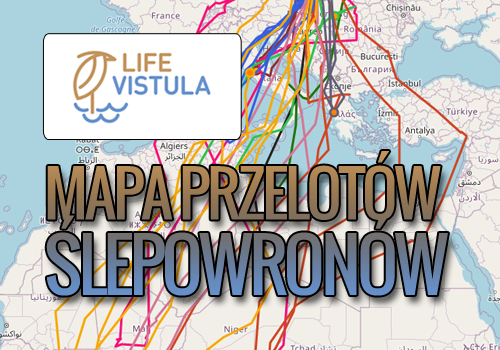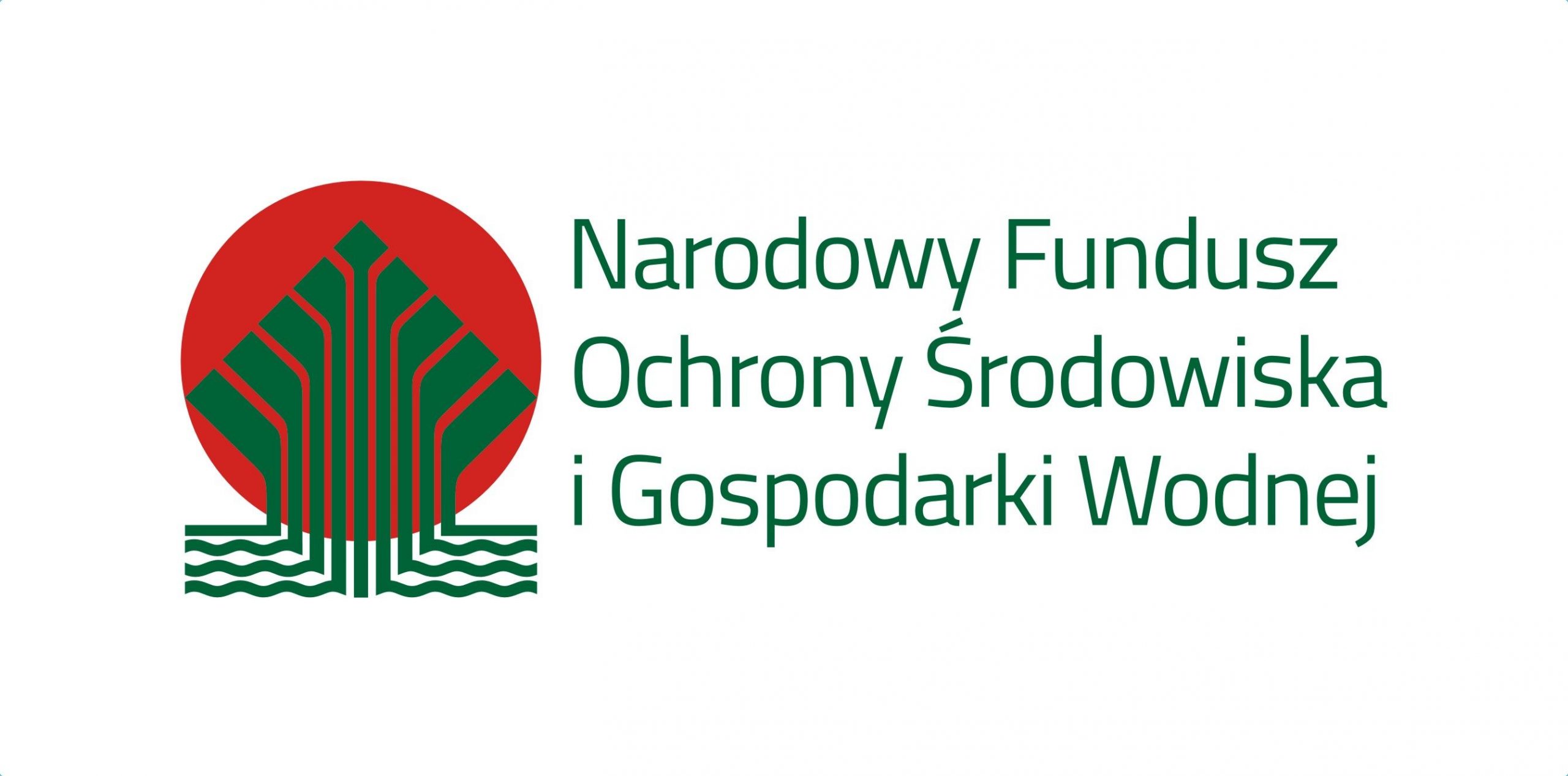Threats
Blurring of the coasts of the islands and their flooding as a result of water stagnation
Islands, being suitable breeding sites for birds, require protection because they are destroyed by flooding at high water levels, and their edges are washed away by striking waves. Blurring of the banks causes landslides and shrubs to fall, and as a consequence, destruction of the vegetation on which the blindblowers establish nests. On the other hand, flooding of islands on the Reservoir, caused periodically by high water levels (the Goczałkowice Reservoir fulfills flood control functions while supplying water to the Upper Silesian Agglomeration), leads to the loss of breeding sites of the river tern.
Overgrowing of islands inhabited by seedlings
Most of the islands are overgrown with too high and compact vegetation, which threatens species of birds protected in four Natura 2000 areas covered by the project, including river tern. These birds prefer sand or gravel surfaces completely devoid of vegetation, and its presence prevents nesting through this species. The shrinking of the habitat area suitable for breeding of the tern is caused by the overgrowing of islands by perennials (mainly reed), trees and shrubs, including foreign invasive species such as knotweed or glandular impatiens.
Damage to the causeways on the ponds
The dams of the ponds are destroyed as a result of waving and drilling of holes by animals, mainly beavers and muskrat. Damage causes water infiltration and drainage. As a result, the ponds are overgrown, and dry ponds are useless for most species of protected birds, additionally exposed to the increased pressure of predators, which have no problem with reaching the islands.
Uncontrolled tourism and recreation in Natura 2000 areas
The areas covered by the project are subject to tourist pressure to varying degrees. Birds are disturbed by tourists resting in spring and summer (breeding period of birds) over water reservoirs and scared by entering internal combustion vehicles. Also, observations carried out in the wrong way or fishing within their habitats affect them negatively. In the case of more sensitive species, it even happens that this is the reason for the abandonment of breeding.
Insufficient protection of habitats in the feeding grounds of the night blind
The threat to the protection of the night blind is insufficient knowledge about its habitat preferences, especially for feeding grounds. There are many unexplained issues, eg whether the occurrence of invasive plant species, such as knotweed, negatively affects this species, what areas are used to gain food during the breeding and non-breeding period, at what distance from the colony there are feeding grounds.
In order to preserve valuable species and their habitats, it is important to promote and disseminate management methods that favor birds, as well as positive attitudes towards nature among communities in Natura 2000 areas.
